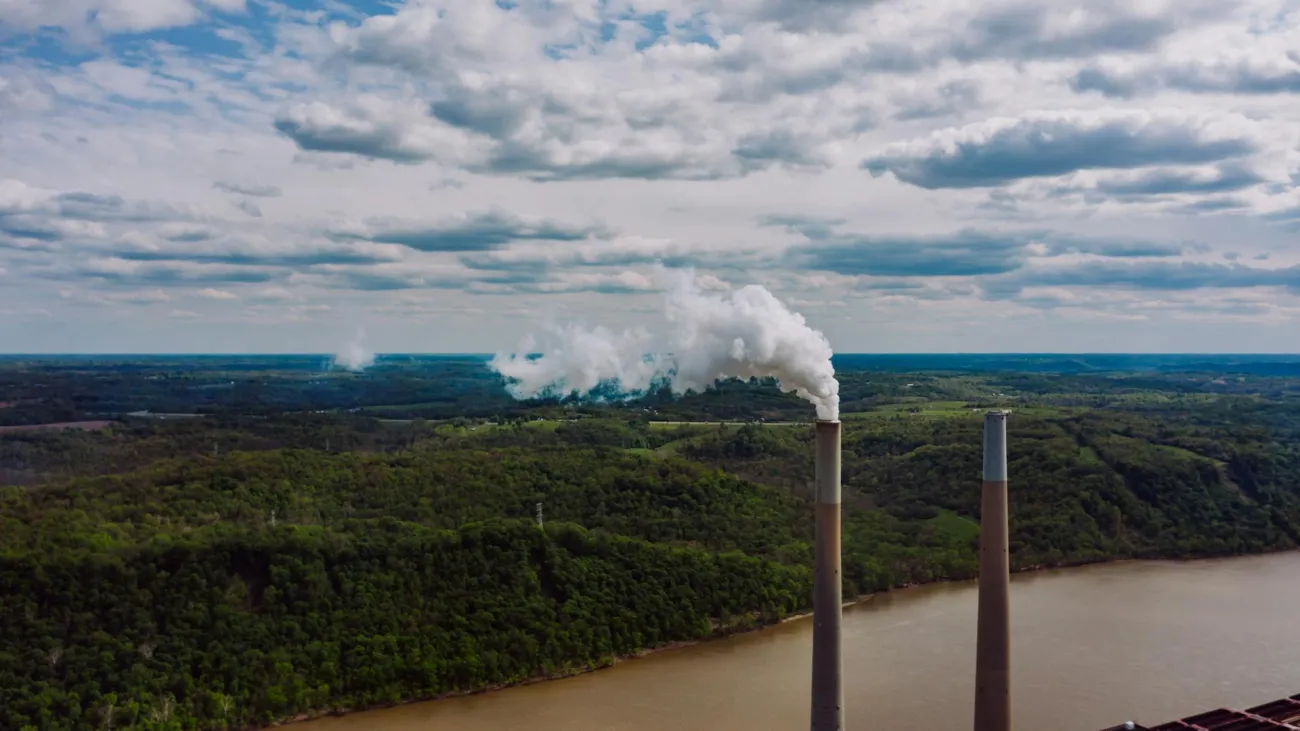This paper, published in the journal Science, aims to establish a detailed “roadmap” for meeting the Paris climate goal. It provides not only a scenario for the CO2 emissions reductions needed but places attention on the many different policy actions needed to stay below 2°C warming. One of three main focus areas is agriculture and land use related emissions.

In this paper the group of European researchers lay out in detail what would have to happen in each of the next three decades until 2050 if we want to stay well below 2°C without geoengineering. They do so in an effort to address the “alarming inconsistencies” that remain between science-based targets in the Paris agreement and national commitments made in INDCs.
The roadmap focuses on three areas of action:
- Global CO2 emissions from energy and industry will have to be halved every decade. Describing it as something similar to Moore’s law, the authors dub this a “carbon law”.
- Net emissions from land use — i.e. from agriculture and deforestation — have to fall steadily to zero by 2050. This would need to happen even as the world population grows and we are feeding ever more people.
- Technologies to get carbon dioxide out of the atmosphere have to scale up enormously. There is a need to artificially take 5 gigatons of CO2 per year out of the atmosphere by 2050 — nearly double what all the world’s trees and soils already do via carbon sinks and sequestration.
Arguing that model-based decarbonization assessments and scenarios often cannot capture transformative change and the dynamics associated with it (disruption, innovation, and nonlinear change in human behavior) their proposal is that we start framing the decarbonization challenge in terms of a global roadmap where we halve gross anthropogenic carbon-dioxide (CO2) emissions every decade. A decarbonization narrative in four dimensions is described – innovation, institutions, infrastructures, and investment – to provide evidence of feasibility and depth of transformation for economies to stay on a carbon-law trajectory. The narrative identifies crucial steps, grounded in published scenarios combined with expert judgment. Each step has two parts: actions for rapid near-term emissions reductions, and actions for systemic and long-term impact, creating the basis for the next steps. The overall ambition is to create a better, more concrete foundation for national and international climate strategies.
The authors describe the radical change needed as follows:
“The Paris goal translates into a finite planetary carbon budget: a 50% chance of limiting warming to 1.5°C by 2100 and a >66% probability of meeting the 2°C target imply that global CO2 emissions peak no later than 2020, and gross emissions decline from ~40 gigatons (metric) of carbon dioxide (GtCO2 )/ year in 2020, to ~24 by 2030, ~14 by 2040, and ~5 by 2050.”
To achieve this, they formulate some extremely ambitious targets for each decade where the period 2017–2020 is focused on the “no-brainers” policy instruments that are well-proven (and ideally income-neutral) such as carbon tax schemes, cap-and-trade systems, feed-in tariffs, and quota approaches. Moreover they suggest that:
- By 2020 all major nations have to commit to going carbon-neutral by 2050 and policies need to be put in place to achieve this. Decarbonization strategies should also be in place in all cities and major corporations.
- By 2030 carbon pricing must expand to cover all GHG emissions,
- starting at $50 per metric ton at least and exceeding $400 per ton by mid-century. Between 2020–2030 carbon sequestration is also a priority, with reforesting degraded land and deploying technologies (e.g. direct-air capture or bioenergy with carbon capture and storage (CCS) to pull CO2 out of the atmosphere.
- A “negative emissions” process between 2040–2050 whereby we burn biomass for energy and sequester the resulting carbon might help us capture the required 5 gigatons from the atmosphere by 2050, but since this would mean serious constraints for agriculture it might be necessary to focus instead on even more ambitious policies for energy and industry.
On food specifically the authors write:
“Innovative financial mechanisms are needed to incentivize carbon management in the food system. Agro-industries, farms, and civil society should develop a worldwide strategy for sustainable food systems to drive healthier, low-meat diets and reduce food waste. Health and sustainability co-benefits — such as obesity and disease abatement, pollution reduction, and ecosystems preservation — should spur action.“
Abstract
Although the Paris Agreement's goals (1) are aligned with science (2) and can, in principle, be technically and economically achieved (3), alarming inconsistencies remain between science-based targets and national commitments. Despite progress during the 2016 Marrakech climate negotiations, long-term goals can be trumped by political short-termism. Following the Agreement, which became international law earlier than expected, several countries published mid-century decarbonization strategies, with more due soon. Model-based decarbonization assessments (4) and scenarios often struggle to capture transformative change and the dynamics associated with it: disruption, innovation, and nonlinear change in human behavior. For example, in just two years, China's coal use swung from 3.7% growth in 2013 to a decline of 3.7% in 2015 (5). To harness these dynamics and to calibrate for short-term realpolitik, we propose framing the decarbonization challenge in terms of a global decadal roadmap based on a simple heuristic—a “carbon law”—of halving gross anthropogenic carbon-dioxide (CO2) emissions every decade. Complemented by immediately instigated, scalable carbon removal and efforts to ramp down land-use CO2 emissions, this can lead to net-zero emissions around mid-century, a path necessary to limit warming to well below 2°C.
Reference
Rockström, J., Gaffney, O., Rogelj, J., Meinshausen, M., Nakicenovic, N., Schellnhuber, H. J., (2017) A roadmap for rapid decarbonization, Science 24 Mar 2017: Vol. 355, Issue 6331, DOI: 10.1126/science.aah3443
Lead author Johan Rockström is known for having introduced the concept Planetary boundaries, a framework to describe and measure the global biophysical boundaries that can help define a 'safe planetary operating space' for humanity. The FCRN has provided summaries of both the original paper and report as well as a paper providing an update on the science behind the concept by Rockström and colleagues.
See also the work by Kate Raworth which builds on the planetary boundaries concept but additionally introduces the human social dimension.
Read the full paper here.




Comments (0)